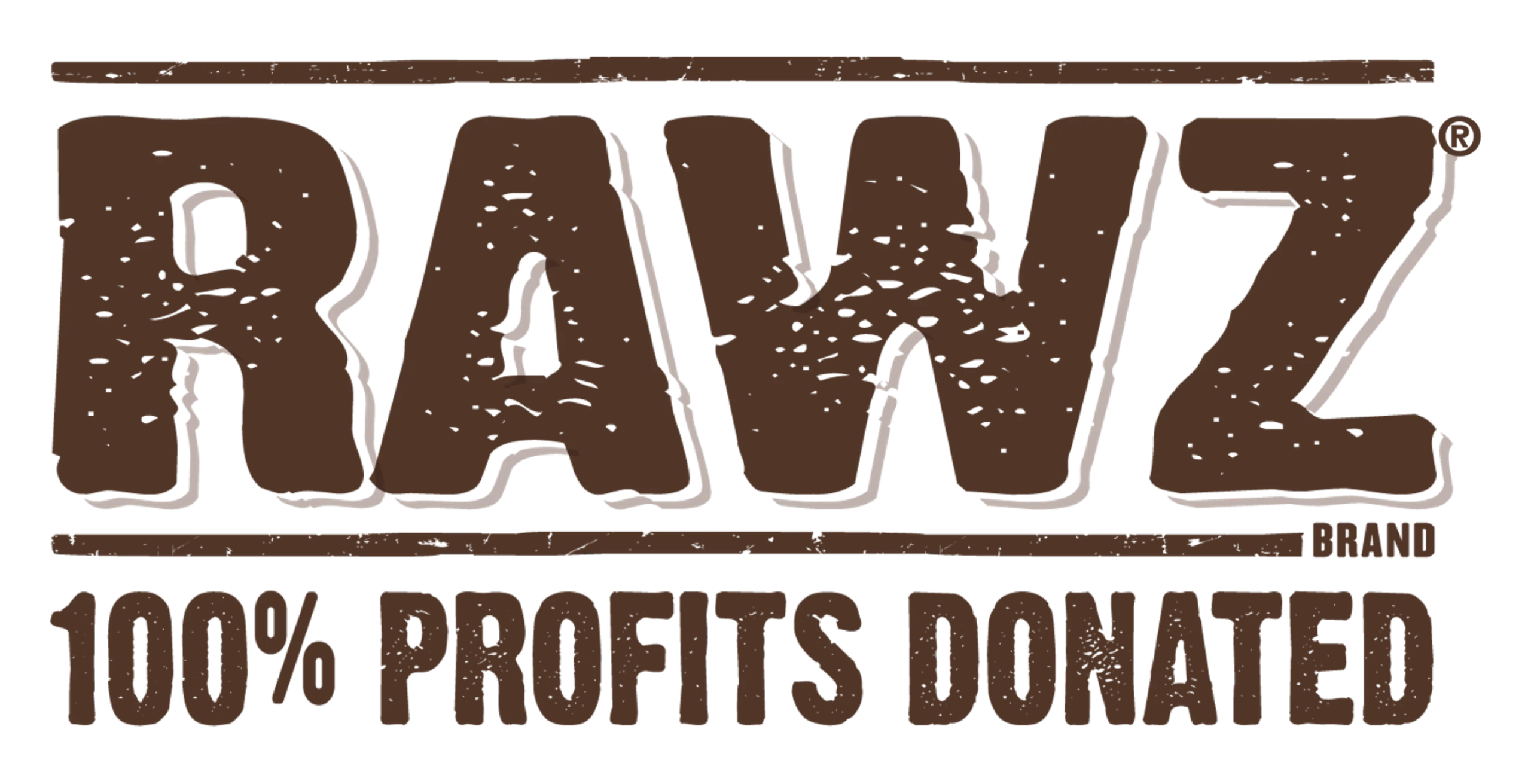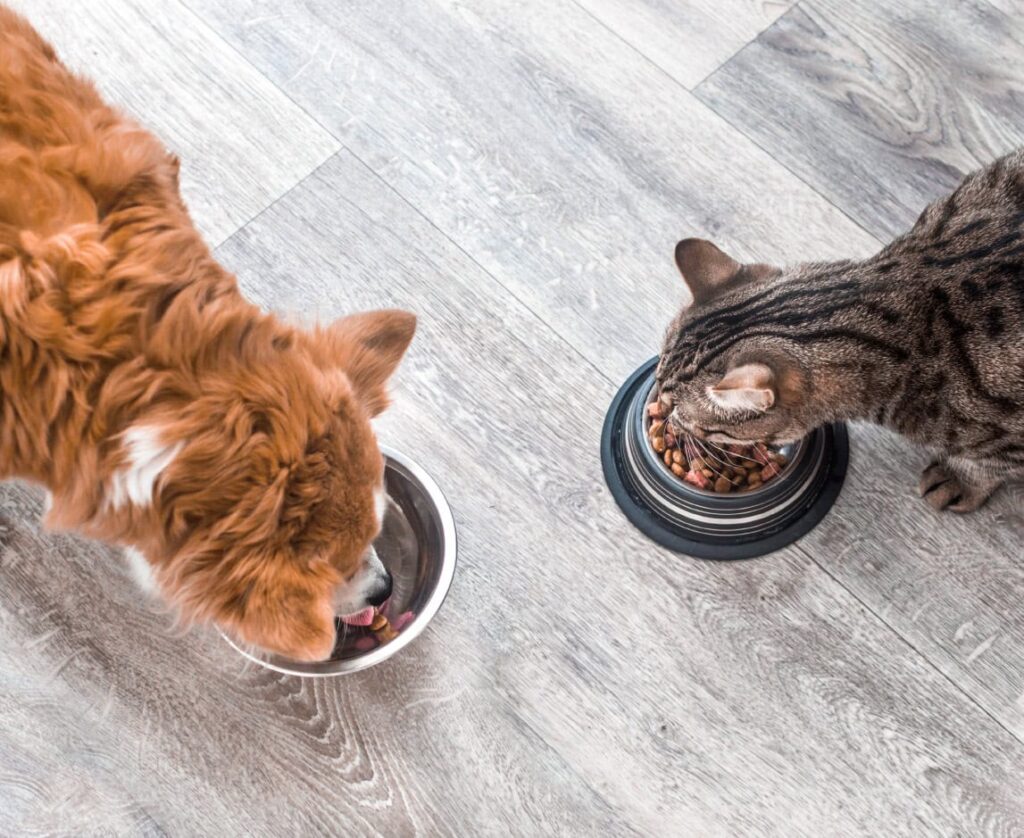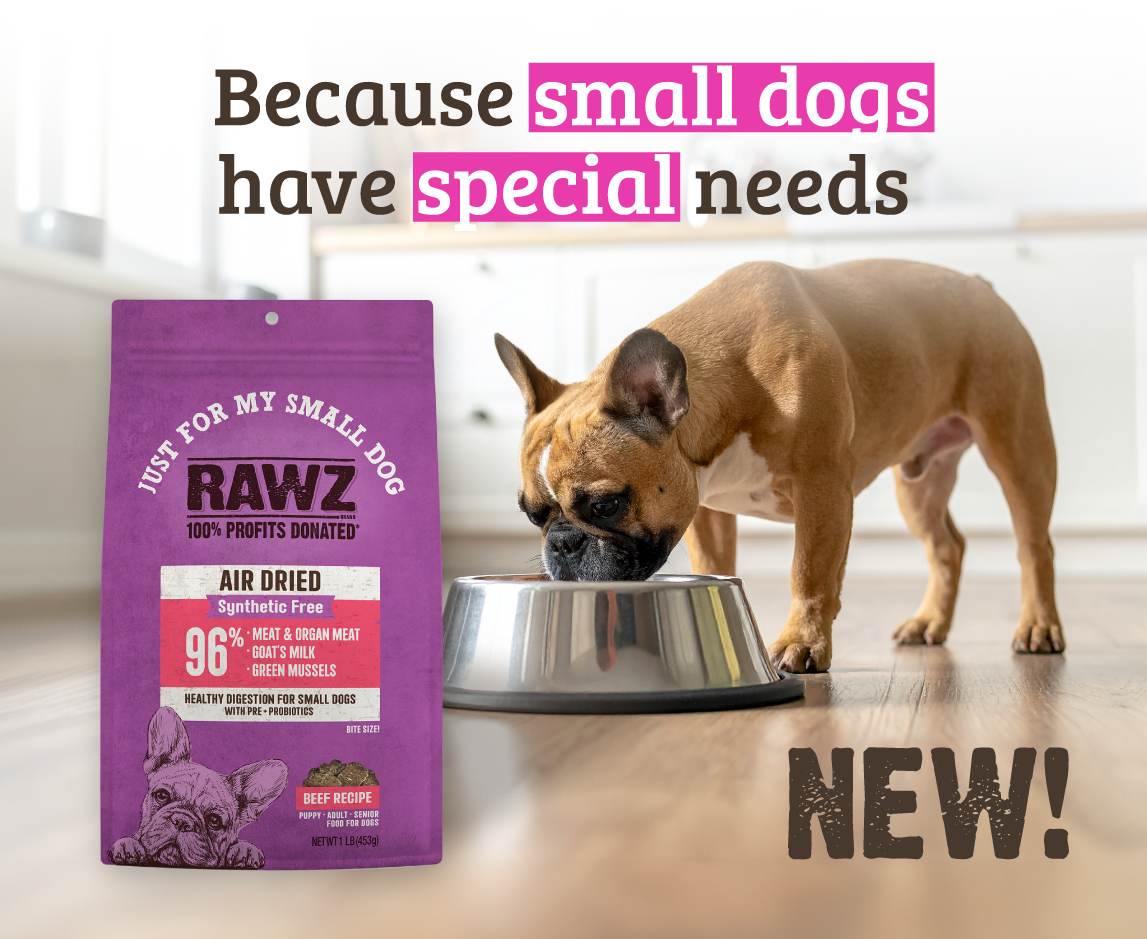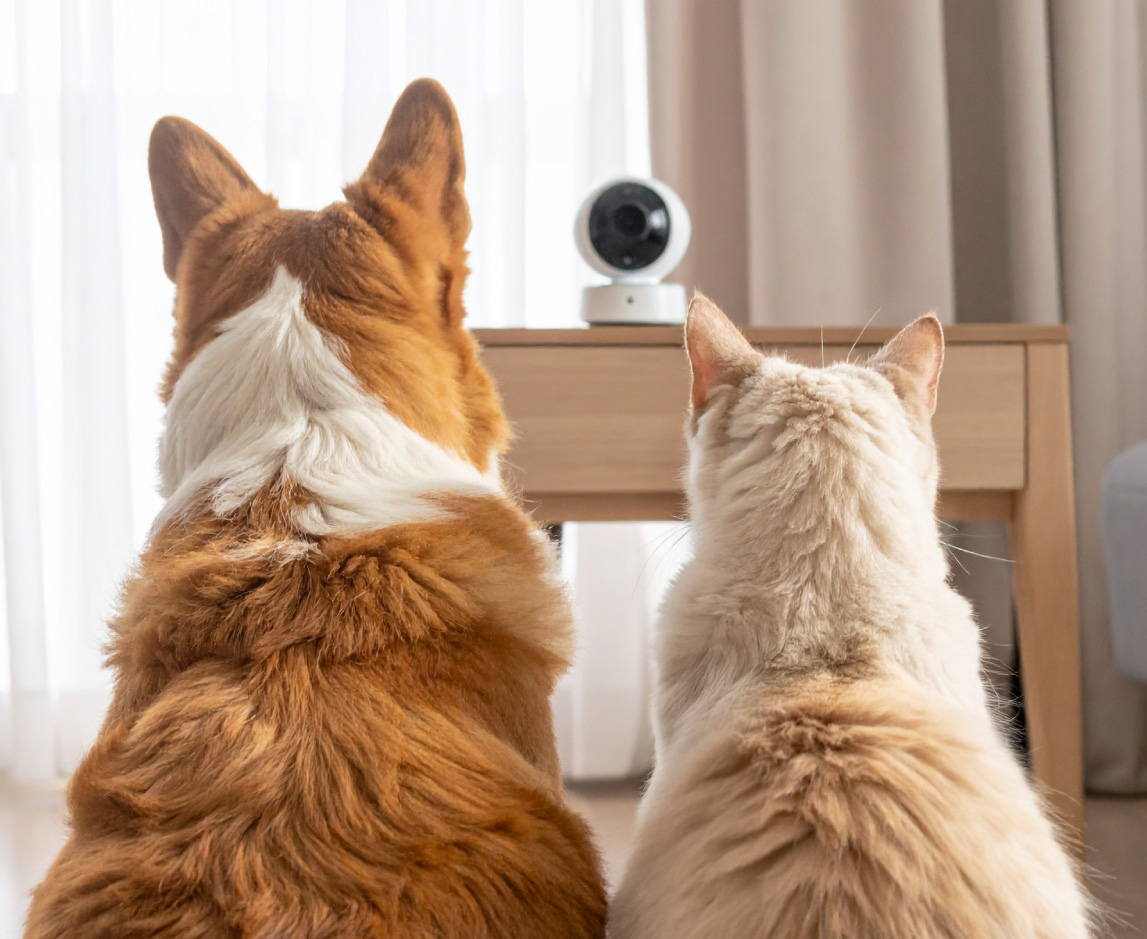Any topic can be full of commonly repeated myths, and pet nutrition is no exception. Today, we’re breaking down five of the most widespread misconceptions about pet diets and how you should feed your pet:
Homemade Diets Are Best
There’s something inherently heartwarming about the word “homemade”—it brings to mind care, love, and personal attention. So it’s no surprise that many pet owners feel good about preparing meals for their pets from scratch. While the intention is admirable, veterinarians caution that homemade diets can pose significant risks if not carefully formulated.
As Jennifer A. Larsen, DVM, MS, Ph.D., explains for the American Kennel Club, “Each of the [approximately] 40 essential nutrients required by dogs has a specific role in the body. When they are provided in inadequate concentrations, the function is not optimal and suffering may result.” In other words, achieving balanced nutrition isn’t as simple as it might seem and it’s often best handled by trained animal nutritionists.
Labels Like “Natural” or “Holistic” Guarantee a Healthy Product
It’s easy to assume that labels like “natural” or “holistic” mean a pet food is automatically healthier, but that’s not always the case. To really understand these terms, we have to look at the regulations behind them.
Let’s start with “natural.” According to the Association of American Feed Control Officials (AAFCO), natural pet food or ingredients must be “derived solely from plant, animal, or mined sources” and not “produced by or subject to a chemically synthetic process,” with a few small exceptions for manufacturing. While that might sound reassuring, the fine print tells a different story:
- “Natural” doesn't necessarily mean safer, and there's no requirement proving it’s healthier or less risky than synthetic alternatives.
- It’s a broad term. Most pet food ingredients already come from plant, animal, or mineral sources so they qualify by default.
- Extensive processing is still allowed and many ingredients go through heat, extraction, or fermentation and can still be labeled “natural.”
- Even with the “natural” label, a feed or feed ingredient can contain trace amounts of chemically synthetic compounds and still be considered natural.
Believe it or not, the term “holistic” is a source of even more ambiguity in pet food labeling than “natural.” In fact, while natural has the above legal definition, holistic has no formal, regulated meaning. Rather the word is used as a marketing descriptor to indicate a less processed diet made from higher quality ingredients. So, while these terms might sound reassuring, they don’t necessarily mean what most people think!
Avoid Feeding Pork to Pets
Pork often gets a bad reputation when it comes to pet diets, but the truth is a bit more nuanced. The main concern isn’t the meat itself—it’s how it’s prepared and what it’s served with.
Feeding raw or undercooked pork carries risks, particularly the threat of trichinosis, a parasitic infection. So although feeding raw pork isn’t recommended due to the potential for other foodborne illnesses, properly cooking pork to safe internal temperatures eliminates this risk. Another common concern arises from how pork is commonly prepared for humans. Many pork dishes include ingredients like onion powder, garlic powder, or nutmeg—all of which are toxic to pets. To avoid this risk, just be sure to not let your pet sneak any table scraps from dinner!
Then there's the form in which pork most often appears on our tables: ham, bacon, and sausage. These processed meats often contain preservatives and additives (like nitrates and nitrites), and some are even classified as carcinogens. That makes them a definite no-go for pets. The bottom line? When fed safely—fully cooked, unseasoned, and free of harmful preservatives—pork can be a nutritious protein option. Just make sure to factor in fat content and your pet’s overall dietary needs.
High Protein Diets Lead to Kidney Failure
It is well documented that protein helps support immune function, energy production, and provides the building blocks for cellular growth in pets. But what about the belief that high protein diets lead to kidney failure? The truth is in the details, or in this case, the quality of the protein. In fact, there’s currently no nutritional maximum for protein. The key is feeding high-quality, highly bioavailable, minimally processed proteins. These are easier for the body to use efficiently, meaning less waste for the kidneys to process and less overall strain. So, rather than avoiding protein, the focus should be on providing the right kind.
Grain-Free Foods Cause Cardiac Problems
In July of 2018, the U.S Food & Drug Administration (FDA) issued an alert regarding a possible connection with Dilated Cardiomyopathy (DCM) in dogs fed “grain-free” diets. This notice caused panic among pet parents who for years had seen such diets as preferred for canine health. As time has passed, further analysis has shown the precipitating studies to be far too small to make sweeping conclusions and that predisposition to cardiac troubles of subjects tainted the results. Furthermore, upon deeper review a lack of certain amino acids (specifically taurine) common in grain-free diets, rather than grain-free recipes themselves appears to be the precipitator of cardiac issues.
Hopefully this quick look at some common myths surrounding pet nutrition helps pet parents to give their four-legged family the nutritional foundation for their best lives. Remember, when it comes to nourishing a beloved pet it’s always important to stake a holistic view, considering the entire food’s nutritional profile and combination of ingredients. Of course, the role of physical activity, social engagement, and a consistent home environment are equally important to a pet’s quality of life along with diet. Locate your nearest authorized RAWZ retail partner committed to improving the lives of people and pets through minimally processed nutrition here!





